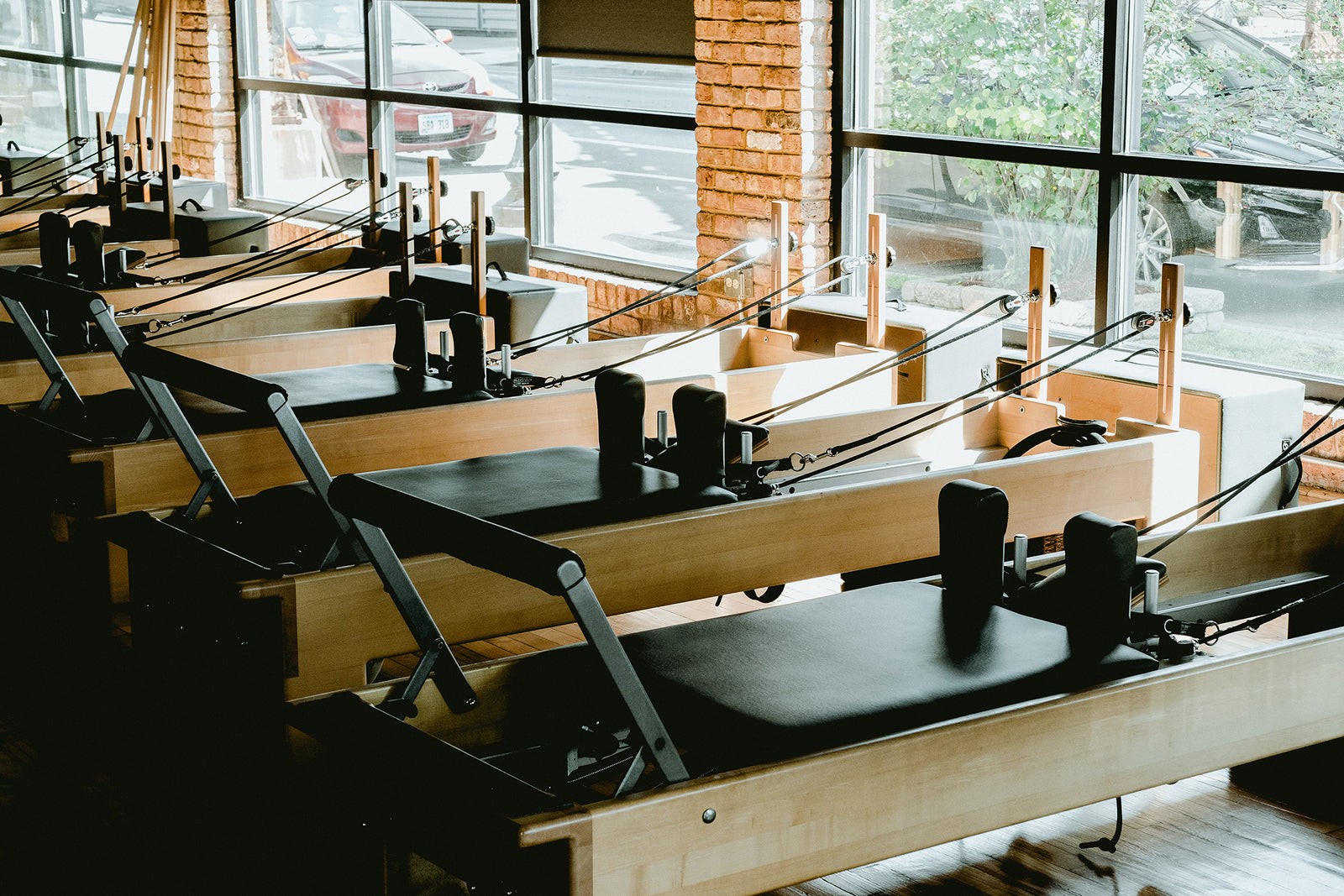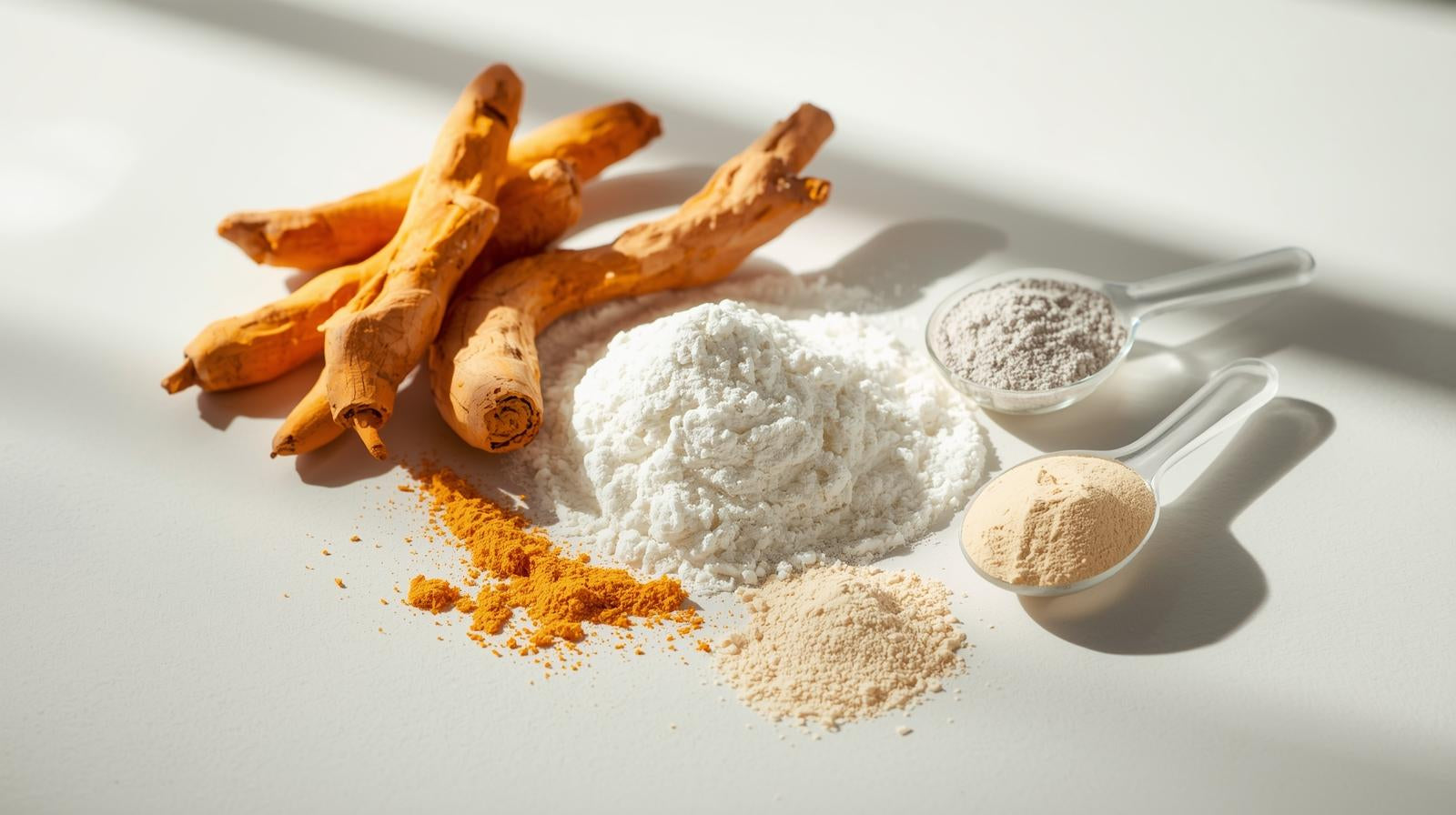Written by Hannah Mladenovich
Nowadays, there are many resources that can help people start or continue their fitness journey. With gym memberships, personal trainers, group classes, YouTube channels, social media, and nutritionists all at our fingertips–we are constantly bombarded with options to help assist us toward our goals. As exciting as this is, it can be hard to know where to start, who to trust, and what exactly you need to get you closer toward your end goal.
Pilates has been a topic of discussion for decades for its many positive health benefits; however, recently it has taken the social media world by storm. This has further increased both its popularity and confusion about what it actually does and how it can benefit you.
What is Pilates:
Joseph Pilates developed a series of movements and exercises in the 1920s specifically for injured athletes, soldiers, and dancers to maintain muscle strength and movement during recovery. The physical trainer designed these types of movements as both an aerobic and non-aerobic solution to everyday exercises, thus reducing intense strain and impact on the body.
Pilates is unique because it requires the use of the mind and enhanced focus to successfully perform the movements in the correct way. To ensure top results, you need to find your center point which requires a level of concentration and body memory. This helps you to have control during different placements, rhythms, and breathing patterns that you will experience during your classes or sessions.
What To Expect During a Pilates Class:
Pilates is not meant to be a high-intensity workout, rather the exact opposite. It is a rhythmic exercise style that uses high levels of concentration with simple, intricate exercises to help tone and balance the body. The best part? It’s for everyone. Regardless of if you’re an elite athlete or just starting out on your fitness journey–you can take part in Pilates.
A typical Pilates class will consist of high repetitions doing low intensity exercises. Many classes will last roughly 45-90 minutes and will be centered around consistency, focus, repetition, and balance. Since the movements are so unique, instructors will often work individually with those in their studio to ensure optimal success. Pilates instructors are trained to instruct and support based on all different starting points, so all experience levels are welcome. Therefore, there is no need to worry about needing a beginner class or any sort of fitness introduction prior to starting. For those of you with a more advanced fitness experience, Pilates uses various equipment and fitness mats to provide additional resistance as well as aerobic opportunities to help maintain and increase muscle strength and fitness levels.
You can take part in a Pilates class through attending a Pilates studio, various gyms and fitness centers, as well as physiotherapy clinics. As a Milwaukee owned and operated brand, we highly recommend checking outFlying Squirrel Pilates studio located in Milwaukee’s Third Ward! To learn more, check out their Instagram, @flying_squirrel_pilates.

The Difference Between Pilates and Yoga:
Pilates and Yoga are commonly lumped into the same fitness category and often mistaken as being interchangeable. While they both provide awesome physical, mental, and spiritual health benefits–they couldn't be more different.
Yoga has been used for over 3,000 years in Eastern culture as a way to connect mind, body, and spirit. Similar to Pilates, it uses specific breathing patterns, intricate body movements, and rhythm to elongate and stretch the body and help ease mental and physical tension. However, a main difference between Yoga and Pilates, is that Yoga requires a level of flexibility. Even beginner poses require you to stretch your body and ligaments which can be stressful on those with sore or injured joints, restricted flexibility, or limited mobility.
It is often said that yoga is for preventing injury and Pilates is for recovering from injury. However, you don’t need to be in recovery in order to experience the benefits of either of these fitness styles. The key difference is based on the intensity of movement and your physical starting point. Yoga helps to strengthen your muscles and loosen up the ligaments around your joints to help prevent tearing and inflammation through natural body weight resistance and flexibility. Essentially you are slowly building up your muscles to help prevent future injury. Pilates also helps to strengthen and tone, but using easier and more inclusive forms of exercises and equipment to ease tension on the body and avoid unnecessary physical stress. Since it was designed for those with injuries, it is more inclusive to different fitness levels and offers equipment and other dynamic stretches as a way to alleviate pressure and weight on the body. Additionally, the aerobic aspect can help you burn calories and tone muscles quicker–thus reaching your goals faster.
Yoga and Pilates are alsogreat for mindfulness. Both require a level of mental focus and mindfulness to help you understand and properly connect with your body. This can further help with reducing anxiety, decreasing stress, and increasing awareness and overall concentration.
The key difference between Yoga and Pilates is dependent upon where you are starting on your fitness journey. Both will help tone, strengthen, and improve your mobility, mind, and overall body; however, Yoga is more still and requires a slightly more experienced mobility level. There is certainly no wrong answer, and both will provide you with some amazing results.

The Benefits of Pilates:
When done under the supervision of certified professionals, Pilates offers some amazing benefits. According toscientific research, Pilates can help aid in the following: increased core strength, improved posture, decreased back pain, increased energy, decreased injury frequency, increased flexibility and mobility, reduced menstrual pain, reduced stress, increased balance, boosted immunity, weight loss, and enhanced sport performance.
Anyone who is interested in starting Pilates is encouraged to try. However, it is known to be especially helpful for those with arthritis, respiratory conditions, joint injuries, and back pain. If you are unsure if Pilates is safe and effective for you, please consult with your doctor before starting any new exercises or programs.
Enhance Your Fitness Journey:
Pilates also serves as a great complement to your everyday workout routine. With additional core strength, balance, improved posture, and additional mobility–it will help to not only maintain, but also increase your already prominent fitness level. This can help to further improve your stamina levels as well as your ability to take on heavier weights in strength-training. Regardless of your current fitness routine, Pilates also helps with mental focus, anxiety, stress, and depression. The amount of mental focus needed to properly execute the various exercises is great for concentration, focus, and clarity. With low intensity movements, it also helps with relaxation and mindfulness since you are not pushing your body to extreme limits.
There is no better time to start or continue on your fitness journey than now! It’s time to grab your favorite leggings or shorts and see how Pilates can benefit your life. We certainly cannot forget about our aftercare–make sure to enjoy aDaily Wellness Drink Mix afterwards! The Turmeric found in ZYN can help with hydration and muscle inflammation to ensure you are ready to go for the next day!
For more tips and tricks, follow@drinkzyn on Instagram! Share with us below your personal Pilates success stories!





